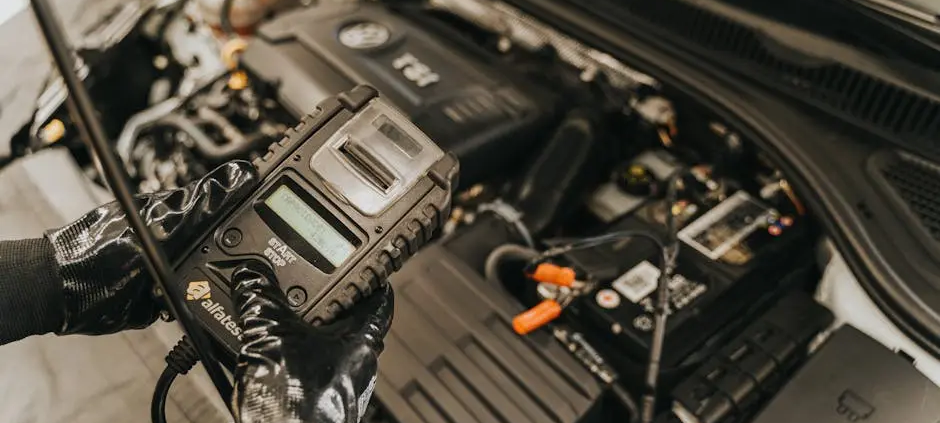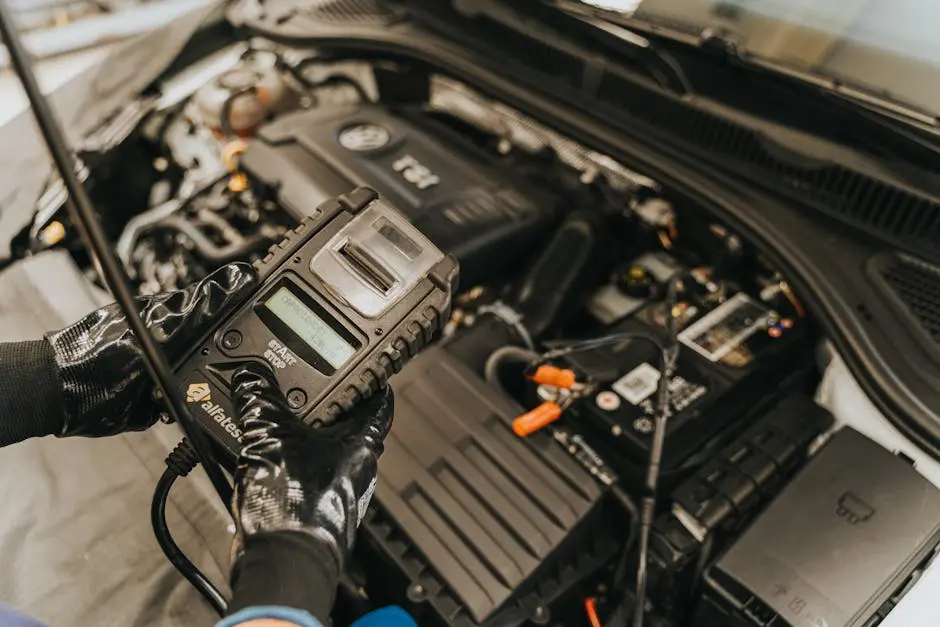How Does EV Collision Repair Differ From Traditional Repair?
As electric vehicles (EVs) become more popular, understanding how their collision repair differs from traditional vehicle repair methods is essential. In this article, we’ll break down those differences, ensuring you have the knowledge you need when considering repairs for your EV.
Understanding Electric Vehicle Components
Electric vehicles contain distinctive components such as battery packs, electric motors, and intricate electronic systems that play a crucial role in their operation. Being aware of these elements is essential for understanding how they affect collision repair. For instance, a damaged battery pack requires specialized protocols for safe removal and replacement.
In addition to battery packs, the intricate wiring systems in EVs connect various components and sensors, making the repair process more complex. Technicians must be well-versed in the layout and function of these systems to ensure that repairs do not compromise the vehicle’s functionality or safety.
Unlike traditional vehicles, which have more straightforward designs, EVs necessitate a deeper understanding of their components. This understanding is crucial, especially when assessing the extent of damage after a collision. The interaction between different systems in an EV can make repairs more challenging, requiring specialized knowledge.
Safety Protocols in EV Repair
Electric vehicles introduce unique safety challenges, mainly due to their high-voltage systems. Repair shops need to implement specific protocols for handling these components safely. This includes wearing protective gear and ensuring that technicians understand the risks involved.
Furthermore, the potential hazard of electric shock is a primary concern. Repair facilities must ensure that they have the necessary equipment, such as insulated tools and voltage shutdown systems, to minimize risk when working on EVs. This emphasis on safety is a significant difference from traditional vehicle repairs, where high-voltage systems are not a concern.
Training in safety protocols is not just a one-time requirement; technicians must regularly update their knowledge to stay compliant with evolving safety standards. Continuous education about emerging technologies and safety practices ensures that repairs are performed without jeopardizing worker or vehicle safety.
Specialized Tools and Techniques
EV collision repair requires specialized tools not commonly used in traditional auto repair. For example, technicians often need access to diagnostic tools that can communicate with the vehicle’s onboard systems. This technology allows them to pinpoint issues accurately and perform repairs efficiently.
In addition to diagnostic tools, welding equipment tailored specifically for EV materials, such as aluminum and high-strength steel, is essential. Traditional repair methods may not incorporate these techniques, highlighting a significant difference in the two repair approaches.
Additionally, some aspects of EV repair might involve software updates or recalibration of sensors post-collision. This unique requirement emphasizes the integration of technology in EV repair, a departure from the mechanical-centric focus of traditional repairs.
Training and Certification Differences
Working on electric vehicles isn’t just another task for a technician; it requires specialized training and certification to ensure safety and proficiency. Unlike traditional car repair training, which has remained relatively static, EV technology is constantly evolving, mandating that technicians receive ongoing education.
Many repair shops now seek technicians who are certified by recognized EV training programs. These programs cover everything from high-voltage safety to the intricacies of EV battery management systems—knowledge that’s critical when working on modern electric vehicles.
This need for specialized training helps maintain a higher standard of repair. It ensures that shops are not only compliant with safety regulations but also capable of executing repairs that meet the evolving demands of electric vehicle technology.
Cost Considerations
When it comes to cost, EV collision repair can differ significantly from traditional repairs. The specialized tools, parts, and training required for EV repair often lead to higher labor costs. Insurance implications might also come into play, as some insurers may cover or limit expenses based on the type and age of the vehicle.
Moreover, because EV parts may need to be sourced from specific manufacturers, repairs can sometimes take longer and cost more. This factor is essential to consider for EV owners looking to budget for potential repairs.
However, it’s important to note that while initial repairs may be higher, EV maintenance tends to be lower in the long run due to fewer moving parts and lower overall wear and tear. Understanding these financial aspects can help EV owners make informed decisions about their vehicle care.
Final Thoughts on EV Collision Repair
In summary, while EV collision repair shares some similarities with traditional repair, there are significant differences that make the repair process unique. It’s essential to choose a shop equipped with the right tools and expertise to handle your electric vehicle.





Leave a Reply
Want to join the discussion?Feel free to contribute!